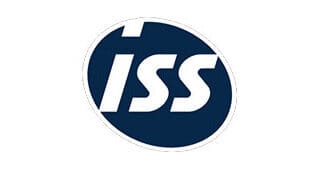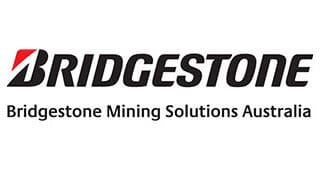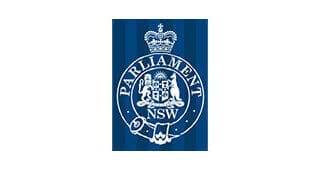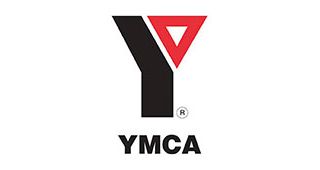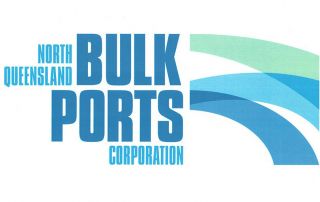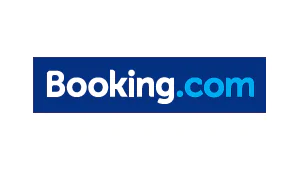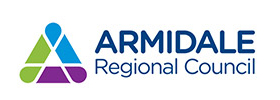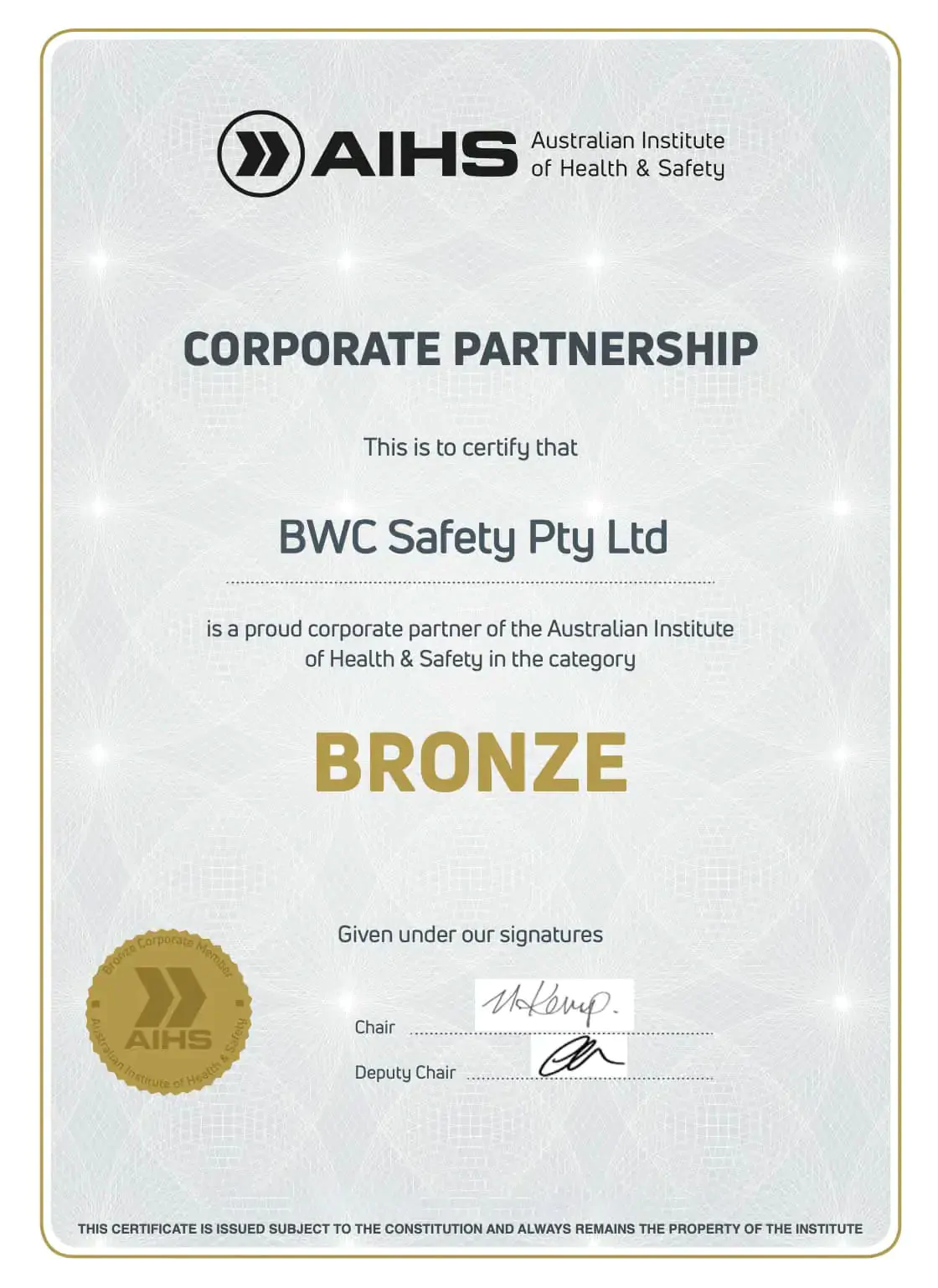Can’t Stop Recurring Injuries?
You need to read this…
At BWC Safety, we are regularly asked to investigate serious safety incidents and help our clients with the development of preventative measures. What we find is that many large organisations already have robust processes for incident investigation. They also have mature safety systems, dedicated WHS teams and experienced operations managers. Most are genuinely trying to improve safety through a range of initiatives.
The problem is that serious incidents continue to recur. And it drives them nuts.
Are workplace safety incidents REALLY preventable?
Our work investigating hundreds of serious workplace incidents continues to reinforce the evidence that all incidents are avoidable. In most cases, the incidents are the result of DIRECT CAUSES (e.g. someone did something they should not have done) – or LATENT FACTORS, such as the decision made at a management meeting to cut maintenance spending on safety critical equipment. With the benefit of hindsight they could have been prevented.
So yes, we believe that all incidents are preventable.
The importance of the “Tone from the top”
One of the hallmarks of great organisations is a great safety culture. And a great safety culture is only ever sustainably achieved when it is visibly driven by leadership. This includes the Board, EVPs, GMs – right down to your Supervisors.
It’s like that old saying – “What interests my boss, fascinates me!”

Visible leadership commitment to safety is a MUST!
Let’s face it. If you only ever hear your boss talk about productivity or profit, what will you value most in those times when you have to make a critical decision? Will I pause and do it safely, or will I take a shortcut?
The importance of “tone from the top” cannot be understated. It cascades down and permeates through your company to become values and group norms – the way things are done around here.
FIRST THINGS – Understand your ‘Tone’
“If you can’t describe what you are doing as a process, you don’t know what you are doing”. – The great W. Edwards Deming.
It’s as true for your organisational safety culture as it is for your production line or service. It’s also the reason why THE #1 REQUEST we have received from our clients in the last five years, is to help them to measure and understand their safety culture.
It’s also true that without a reliable cultural framework such as the Hudson Model or Bradley Curve, it is very difficult to benchmark your company culture against your peers. You also need an experienced and OBJECTIVE team to do a thorough assessment.
SECOND – Plan the Improvement
Once you have understood the deficiencies in your safety culture, it’s time to then chart a course for improvement. This is NOT the time for a D-I-Y experience. The opportunities to assess safety culture and plan for improvement come along rarely and you can’t afford a misstep.
The reason for choosing a trusted external firm as a partner in your safety journey is simple – one of the first parts of the improvement process will be to engage and then mentor the most senior leaders in your firm. From experience, we know this is rarely done with any success by the people who report directly to them. Experienced senior consultants can confidentially ‘hold up the mirror’ and provide the necessary mentoring to create momentum in the senior team.
THIRD – Get Cracking!
Your improvement plan will be unique to your organisation, however there is one constant in this plan. It is a MUST that you create a process where your leadership, at all levels, will engage with their people in the safety journey. Our experience over literally hundreds of client engagements, is that conducting leadership safety interactions is the fastest and most effective way of doing this.
Safety Interactions are a simple method where leaders will visit one of their worksites, observe activities from a safety perspective and engage workers in genuine conversations around important safety aspects of their roles. They provide the benefit of identifying serious safety issues before an injury occurs, giving the leader a better understanding of the workers’ points of view and provide a snapshot into the state of safety at that location.
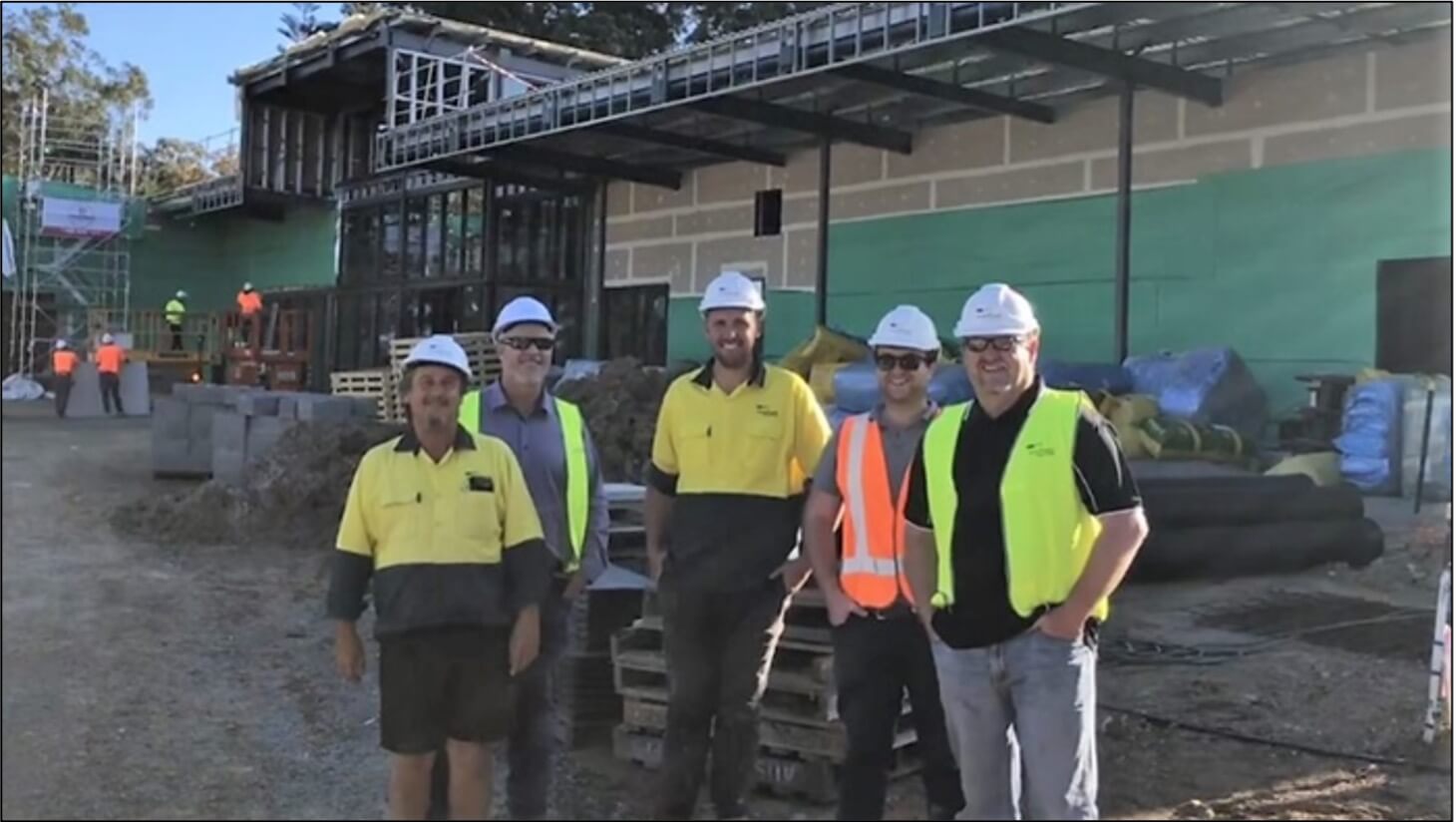
Engage your staff in the safety journey!
Bear in mind however, that the skill to conduct a good safety interaction usually has to be coached, or you might end up with your senior people feeling like they are just doing a safety inspection. When done correctly, we have found that on EVERY occasion, the senior leader thought it was a great use of their time.
Of course there are a range of other requirements that will be needed to prevent injuries, but in the space provided here, we wanted to give you the main things to begin to turn the tide on those recurring injuries.
BWC Safety has the skills and experience to take organisations on the journey to achieve a sustainable great safety culture. We understand how to conduct an effective safety culture review and develop an improvement plan. We can also train and then mentor your leaders at all levels. The results our clients achieve speak for themselves. Normally, with a strong commitment from the senior team, we would expect you to make a 30% improvement year on year.

This article has been developed by senior consultant Ross Passalaqua of BWC Safety. For further information or advice on developing your safety culture your can contact Ross and the BWC Safety team on the following numbers:
Professional
Company WHS Review
Ensure your organisation isn’t making critical WHS mistakes by getting expert advice before it’s too late.
“Such a culpable culture can exist only when leadership from the Board down are careless in respect of safety. That cannot be allowed”
We are known by the company we keep

